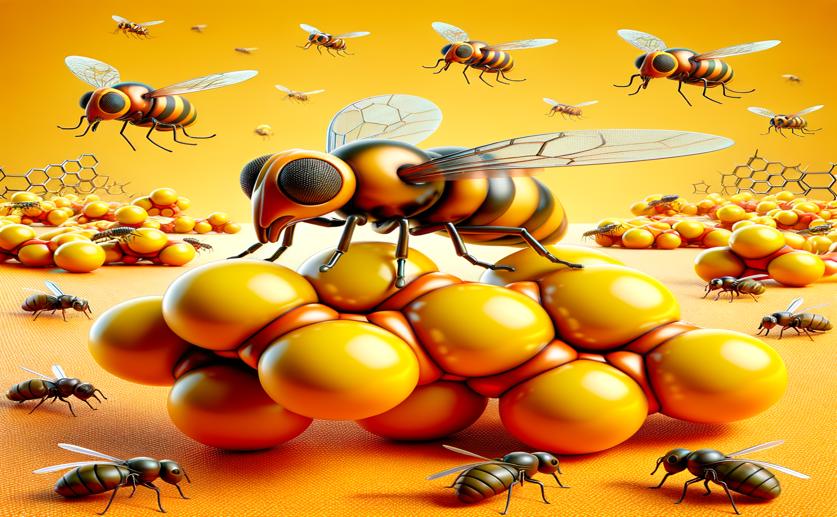
Exploring Bug-Killing Power of Curcumin Derivatives
Jenn Hoskins
27th April, 2024

Image Source: Natural Science News, 2024
Key Findings
- Scientists at COMSATS University Islamabad found a potential new insecticide against the cotton bollworm
- Curcumin derivatives from turmeric can block a key protein in the pest, hindering its growth
- One compound, Cur10, showed the strongest effect in inhibiting the protein's function
References
Main Study
1) Investigation of the insecticidal potential of curcumin derivatives that target the Helicoverpa armigera sterol carrier protein-2.
Published 30th April, 2024 (future Journal edition)
https://doi.org/10.1016/j.heliyon.2024.e29695
Related Studies
2) NMR structure and function of Helicoverpa armigera sterol carrier protein-2, an important insecticidal target from the cotton bollworm.
3) In Silico and In Vivo Evaluation of Synthesized SCP-2 Inhibiting Compounds on Life Table Parameters of Helicoverpa armigera (Hübner).
4) Insect resistance to Bt crops: lessons from the first billion acres.
5) Disruption of a cadherin gene associated with resistance to Cry1Ac {delta}-endotoxin of Bacillus thuringiensis in Helicoverpa armigera.
Journal: Applied and environmental microbiology, Issue: Vol 71, Issue 2, Feb 2005



 18th January, 2024 | Jim Crocker
18th January, 2024 | Jim Crocker